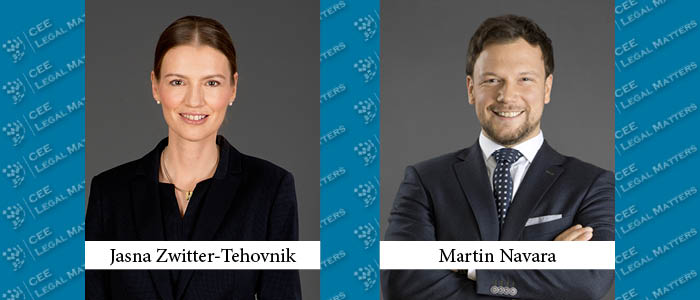Public-private partnerships (PPPs) offer a way to procure infrastructure and services that traditionally do not include private capital involvement with private finance participation. PPPs have been introduced as a general acknowledgment of the need to solve the infrastructure gap in many countries – especially in emerging market and developing economy (EMDE) countries. EMDE countries need to rely on private resources as a means of accelerating infrastructure development. Attractive for a high degree of flexibility in light of multiple variations across the globe regarding the scoping of a PPP, PPPs enable efficiency and high value for money.
There is no universally accepted definition for the PPP concept. Similarly, at the level of the European Union (EU), the EU Commission has not defined the term PPP by way of statutory definition. Nevertheless, it is widely accepted that the term refers to forms of cooperation between public authorities and the world of business, aiming to ensure the funding, construction, renovation, management, and maintenance of infrastructure for the provision of services. Indeed, the definition of PPP is often defined in national legislation of individual jurisdictions. In Austria, however, the PPP model has not yet received the necessary support from the Austrian legislator to become a regular procurement tool.
Particularly, for a long time, Austrian law did not provide for a specific legal framework regarding PPPs. The first (tender) phase is generally governed by the general public procurement rules. Other provisions related to PPPs are, however, fragmented through the system of Austrian legislative acts. For instance, section 55h of the Austrian Railway Act explicitly allows the procurement of functions associated with the construction and operation of railways to be performed by parties to PPPs. Furthermore, section 42h of the Austrian Copyright Act allows for PPPs to reproduce works without consent for personal use or for a research institution or a cultural heritage institution for research purposes, using automated text or data analysis. In this context, in 2023, the Austrian legislator added an obligation for Media Hub Austria – an innovative media support institution – to enter PPP models with external media companies, institutions, universities, or networks to fulfill its tasks.
As part of the requirement to implement Directive 2014/23/EU, the awarding of concession contracts is subject to the Federal Procurement Act Concessions 2018. This allows contracting authorities a more flexible organization of the award procedure. In particular, contracting authorities can determine the individual procedural steps themselves and therefore have more leeway than when awarding public contracts in accordance with the Federal Procurement Act 2018. The qualification of a contract as a concession therefore has far-reaching consequences for the award procedure.
Indeed, concession contracts for works or services are characterized by two features: (1) The consideration for the work consists of the right to use or exploit the works or services in question. In addition to this right of use, a price may be paid. (2) The concessionaire bears the operating risk.
In addition to the right to use or exploit the building or service, a concession is characterized by the transfer of the operating risk for the use of this concession right to the concessionaire. An economic risk is borne if under normal operating conditions, there is no guarantee that the investment expenditure or the costs of operating the structure or providing the service can be recouped. In principle, the payment of a subsidy by clients is not detrimental as long as the transfer of operating risk means that concessionaires are actually exposed to the uncertainties of the market and therefore their estimated potential losses are not merely nominal or negligible.
Nonetheless, despite a certain – albeit dispersed – legal framework, the PPP structure is not a regular phenomenon in the Austrian legal landscape. Subsequent to the A5 highway project 15 years ago, transactions were smaller, like the nine new Viennese school campuses which tried to utilize an innovative approach. Moreover, the PPP model was criticized in the past by the Federal Court of Auditors, one of the authorities competent for the supervision of PPPs in Austria, because of their alleged cost overruns and negative value for money. This highly successful model elsewhere must therefore first prove itself in Austria.
By Jasna Zwitter-Tehovnik, Partner, and Martin Navara, Associate, DLA Piper
This article was originally published in Issue 11.5 of the CEE Legal Matters Magazine. If you would like to receive a hard copy of the magazine, you can subscribe here.















